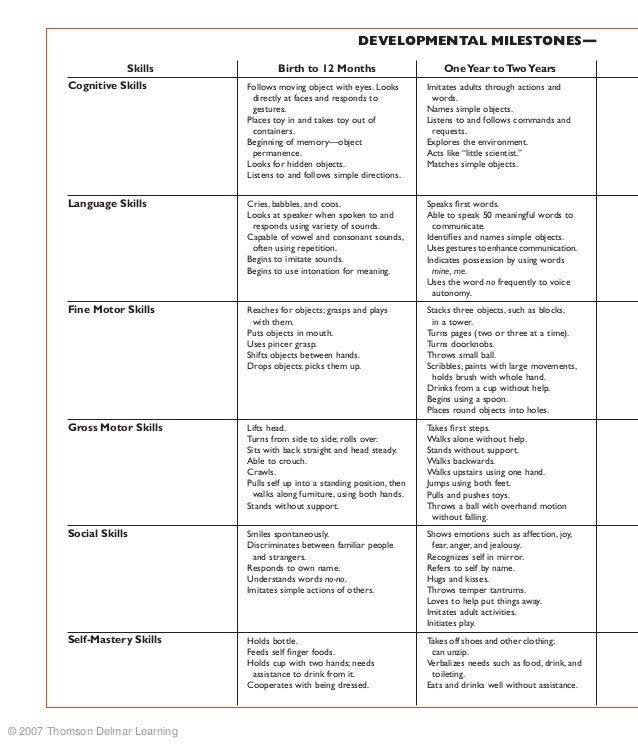

IDENTIFICATION OF children at risk for developmental delay is one of the important functions of pediatricians during both episodic care and well-child examinations. The morbidity of cardiac nondisease in schoolchildren. Studies of 55 children in Denver.Ĭlin Pediatr (Phila) 1977 Mar 16(3):257–263. Preschool developmental testing in prediction of school problems. Camp BW, van Doorninck WJ, Frankenburg WK, Lampe JM. On allowing for diagnostic imperfections in assessing effectiveness of treatment for Schistosomiasis. The architecture of observer/method variability and other types of process research. A preschool screening program on central Vancouver Island: a two-year follow-up.Ĭan J Public Health. Planning a multiphasic screening clinic for preschoolers. Developmental screening of preschool children: a critical review of inventories used in health and educational programs. A preliminary study of the use of the Denver development screening test in a health department.ĭev Med Child Neurol. Printable Denver Developmental Screening Test Get a printable copy (PDF file) of the (804K), or click on a page image below to browse page by page. Full text Full text is available as a scanned copy of the original print version.

These results based on kindergarten teacher ratings suggest that, because of the low sensitivity and modest predictive value, the DDST may be relatively inefficient to use in a school entry screening program in a general community population of children. Negative test predictive values varied from 79 per cent to 93 per cent.


 0 kommentar(er)
0 kommentar(er)
